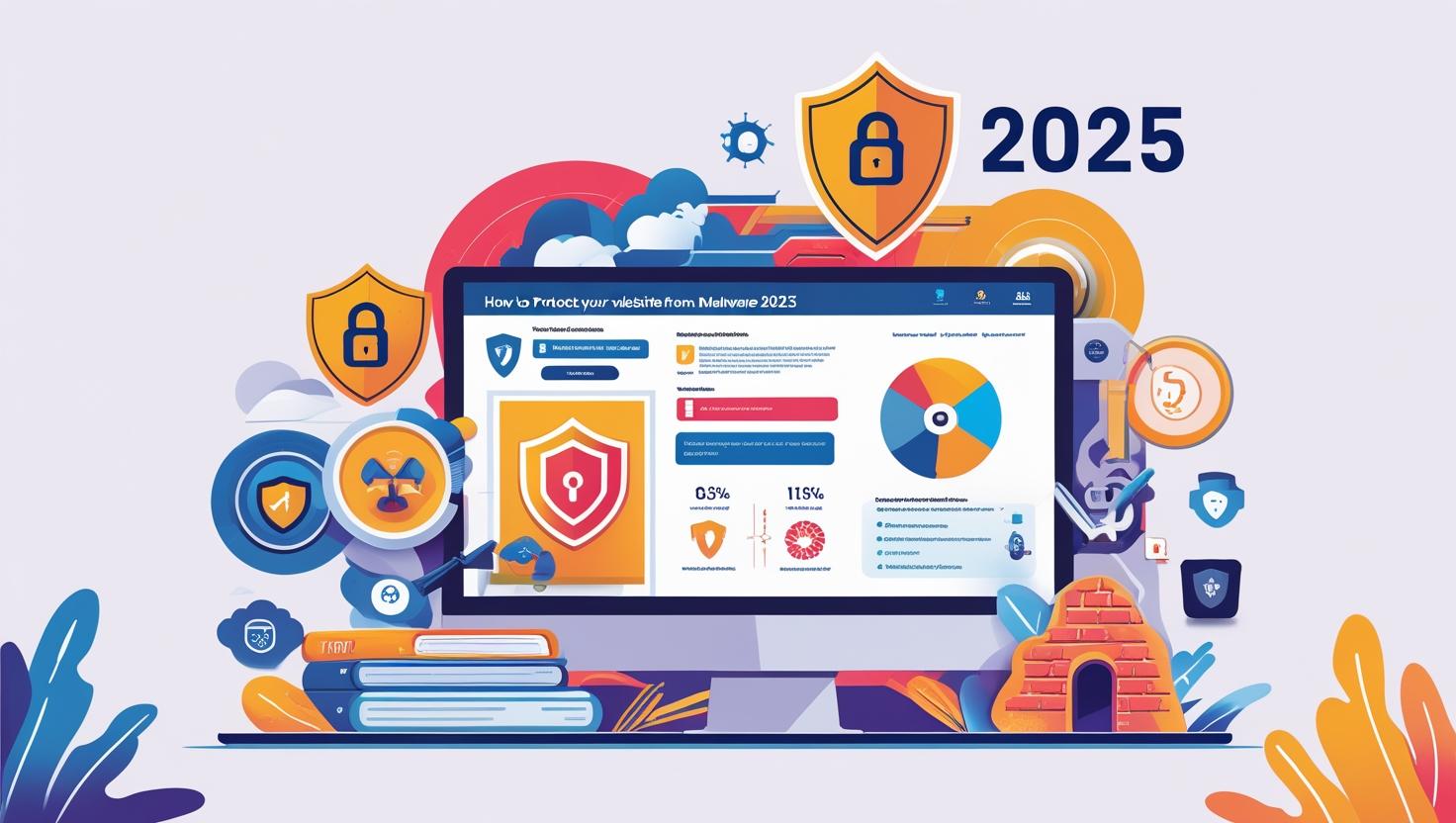
- June 1, 2025
- Security & Best Practices
How to Protect Your Website from Malware in 2025
In 2025, cyber threats are more advanced than ever, and websites of all sizes are prime targets for malware attacks. If your website gets infected, it can harm your reputation, affect SEO rankings, and result in data loss. This guide will help you understand how to effectively protect your website from malware in 2025.
Why Website Malware Protection Matters
Malware doesn't just slow down your site—it can steal user data, spread to your visitors, and cause serious financial and legal issues. Search engines like Google may blacklist your website if they detect malicious code, severely impacting your organic traffic.
Top Strategies to Protect Your Website in 2025
1. Keep All Software Updated
Outdated plugins, CMS platforms, and themes are among the most common entry points for malware. In 2025, automatic updates and AI-based patch management tools are widely available—use them.
-
Regularly update your content management system (CMS) like WordPress, Joomla, or Drupal.
-
Only use plugins and themes from trusted sources.
-
Enable automatic updates when available.
2. Use a Web Application Firewall (WAF)
A Web Application Firewall filters traffic between your website and the internet. It blocks suspicious activity and prevents common attacks such as SQL injection and cross-site scripting (XSS).
-
Choose a cloud-based WAF for real-time protection.
-
Services like Cloudflare and Sucuri offer effective WAF solutions.
-
Monitor WAF logs for unusual patterns.
3. Implement Secure Sockets Layer (SSL)
In 2025, HTTPS is non-negotiable. An SSL certificate encrypts data transferred between your site and users, preventing interception.
-
Use SSL certificates from reputable providers.
-
Regularly renew and validate SSL credentials.
-
Google favors HTTPS websites in rankings—it's good for SEO and security.
4. Perform Regular Malware Scans
Don’t wait for symptoms—be proactive.
-
Use automated malware scanners like Wordfence, Sucuri, or Jetpack for WordPress.
-
Schedule daily or weekly scans depending on traffic and content updates.
-
Set up alerts for any suspicious changes or unauthorized file modifications.
5. Create Daily Backups
Backups won’t stop malware, but they are your safety net.
-
Store backups in offsite or cloud storage.
-
Use tools that offer one-click restoration.
-
Verify backup integrity regularly.
Advanced Protection Tips for 2025
Harden Server and File Permissions
Limit access to only what is necessary. Misconfigured file permissions can leave your site vulnerable.
-
Set correct permissions (e.g., 644 for files, 755 for folders).
-
Disable directory browsing.
-
Restrict admin access by IP when possible.
Monitor User Activity
If you have multiple users, monitor their activity closely.
-
Use logging tools to track login attempts and changes.
-
Set up 2FA (two-factor authentication) for all admin accounts.
-
Remove unused accounts immediately.
Final Thoughts
In 2025, website security is not optional—it’s essential. With smarter cyber threats on the rise, safeguarding your website from malware requires both basic and advanced strategies. Implementing these measures will not only keep your site safe but also boost SEO, user trust, and long-term success.









